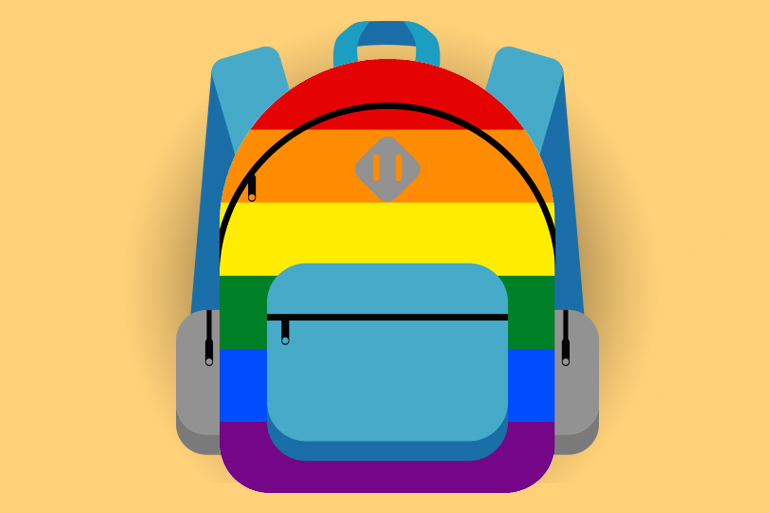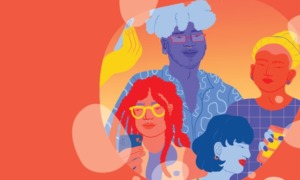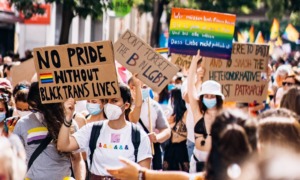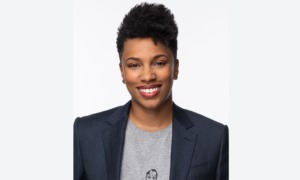
Physical violence. Verbal harassment. Unequal treatment. Exclusion.
LGBT students experience an array of problems every day in their classrooms, school bathrooms and locker rooms — the places outside of home where they spend most of their day. Anti-gay bias puts students at physical and psychological risk, and limits their education, according to a report released last week by the New York-based advocacy group Human Rights Watch.
“In every state we visited, we heard stories of students who were insulted, cyberbullied or attacked, and teachers who allowed discrimination and harassment because they see it as normal behavior,” said researcher and lead author Ryan Thoreson, a fellow in Human Rights Watch’s LGBT Rights Program.
“It’s like walking through a hailstorm,” said one parent, describing the environment her gender-nonconforming son faced at school.
[Related: Puberty Blockers May Improve The Mental Health Of Transgender Adolescents]
The abuses documented in the report were based on interviews with 350 current and former students, and nearly 150 school staff, parents and advocates for LGBT youth in five states: Alabama, Pennsylvania, South Dakota, Texas and Utah. Researchers contrasted the current environment for LGBT youth with the harsh climate they documented 15 years ago in U.S. schools — and found progress was uneven at best.
Bias despite progress on gay rights
Twenty states have enacted laws that prohibit bullying among students on the basis of sexual orientation or gender identity. Researchers noted that 30 states offer no such protections. In fact, the report found eight states — Alabama, Arizona, Louisiana, Mississippi, Oklahoma, South Carolina, Texas and Utah — have laws censoring discussion of same-sex relationships or transgender identity in schools. Individual school districts in other states also impose their own restrictions.
“You can’t talk about LGBT issues in your health class, your history class or in English, none of that is allowed to be mentioned. It’s a very taboo issue,” said 18-year-old Lucy Breen, who was a senior at Provo High School in Utah when Human Rights Watch visited earlier this year.
Breen grew up in a Mormon community where she said most people were “very conservative and religious.” Although she was not physically bullied at school, she said other forms of harassment were routine. “I had a girlfriend at school, and there was a lot of glaring and rude comments. One friend told me I would go to hell,” Breen said.
School administrators were also more strict with gay couples, according to the girl. “Hetero couples are sitting on each other’s laps and making googly eyes, and yet we’re yelled at for holding hands in the hallway,” Breen said.
Provo High School does have an active gay-straight alliance (GSA), which Breen joined when she was a sophomore. Yet, her GSA faced obstacles that she said other student groups did not. “We’d put up posters for events or to have people join the club and they’d always get torn down or graffitied,” Breen said. School administrators also stonewalled or imposed unequal requirements on the group. “We tried to make T-shirts for the club, and every other club had gotten their shirts, but they wouldn’t OK ours,” she said.
Cyberbullying a new threat
Human Rights Watch found some positive developments for LGBT youth in recent years. “A lot of students mentioned that physical bullying didn’t happen to them very often, which is a huge improvement from 15 years ago,” researcher Thoreson said.
But the report documented a disturbing rise in new vulnerabilities for LGBT youth, especially in the expansion of cyberbullying, which Thoreson said can be especially harmful. “Things that are circulated online — slurs, fake profiles, sexually suggestive photos or personal information — all that can follow [students] into adulthood,” he said.
Progress has not been uniform nationwide, according to researchers, who found many students in large urban areas had access to helpful resources, such as GSAs or a local community center with affirming counselors. “Often that’s not the case for students in rural areas, who may think they’re the only LGBT person at their school,” Thoreson said.
The Human Rights Watch report recommends a comprehensive approach to make environments welcoming for LGBT students and staff. Among the recommendations:
- States should repeal laws that bar discussion of LGBT issues and enact anti-bullying statutes that protect students and staff from discrimination based on sexual orientation and gender identity.
- Schools should ensure that policies, curricula and resources explicitly include LGBT students and personnel.
More related articles:
Here’s a Collaborative Way to End Homelessness Among LGBT Youth
A Call for Action in OST as Gay Teens Face Violence, Many Other Risks
Discrimination Lands Many LGBT Youth in the Justice System, New Report Says






























